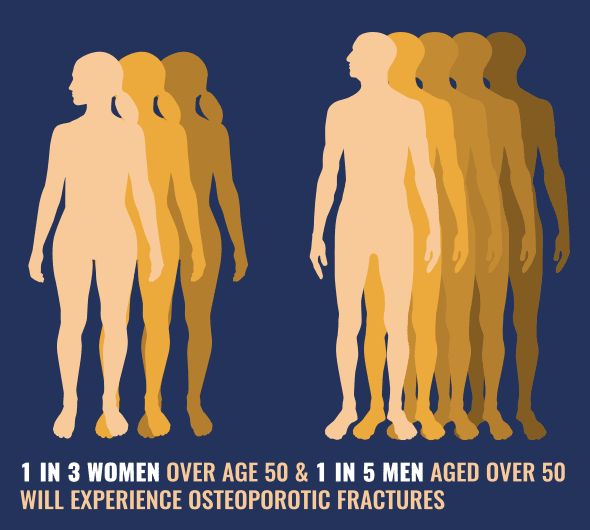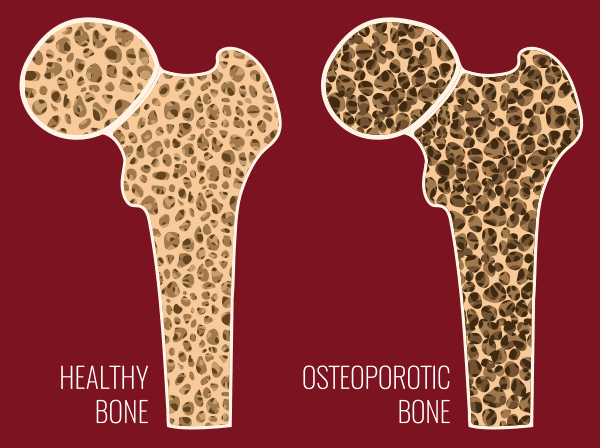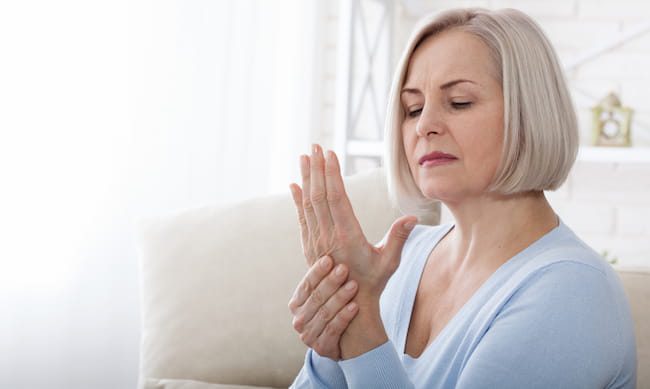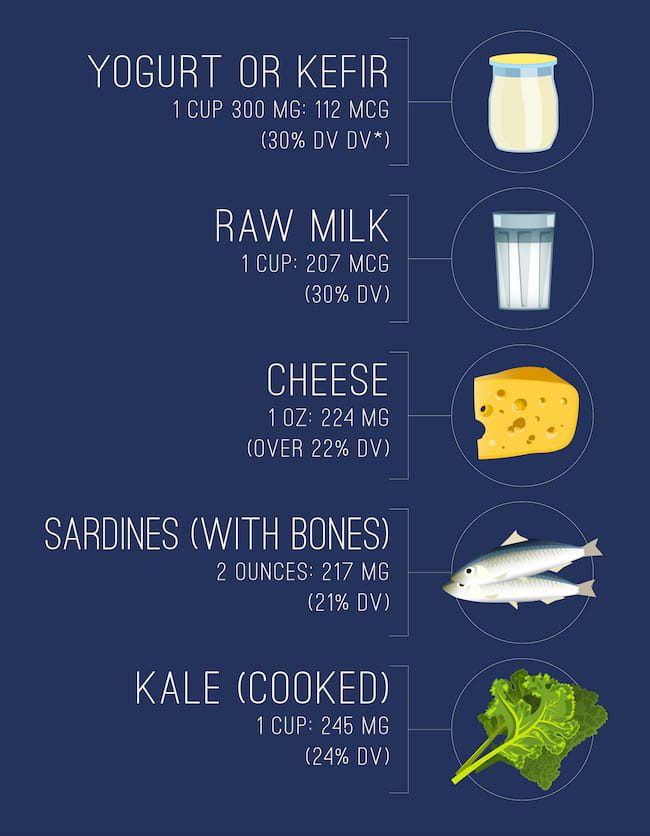
 Low bone density, also referred to as osteopenia, and osteoporosis are medical conditions where the bones become brittle, fragile, and weak. While bones naturally become thinner as people age, in the case of low bone density conditions, the body’s systematic rejuvenation of bone tissue is disrupted. When the disruption of the normal absorption and replacement of bone tissue persists, osteopenia is imminent, and as the condition gets worse, it can lead to osteoporosis.
Low bone density, also referred to as osteopenia, and osteoporosis are medical conditions where the bones become brittle, fragile, and weak. While bones naturally become thinner as people age, in the case of low bone density conditions, the body’s systematic rejuvenation of bone tissue is disrupted. When the disruption of the normal absorption and replacement of bone tissue persists, osteopenia is imminent, and as the condition gets worse, it can lead to osteoporosis.
At the onset of osteopenia, there may be no apparent symptoms until a person experiences a bone fracture. While the signs of osteopenia are subtle, as the condition deteriorates a stooped posture or decrease in height may signify osteoporosis.
In the case of osteoporosis, the bones become so weak that even mild stresses, like bending over or coughing, cause fractures. While osteoporosis-related fractures most commonly occur in the spine, the hip and wrist also become more susceptible.
Stooped posture, a decrease in height and frequent fractures are the most common symptoms of osteoporosis.

In some individuals, genetic makeup may cause low bone density. In other situations, the loss of bone mass after the age of 30 is natural. Thus, in some situations, low bone density conditions are inherent. Osteopenia and osteoporosis, however, may be the result of one or more conditions:
In any case, a life-long deficiency of calcium plays a central role in the cause of low bone density conditions.
 Situations that increase the risk of osteopenia and osteoporosis include:
Situations that increase the risk of osteopenia and osteoporosis include:
The following diseases also increase the risk of osteoporosis:
In many of the risk factors, a person has no control over their inherent situation. However, some risk factors can be avoided with lifestyle changes including good nutritional and regular exercise practices.
Low bone density conditions are diagnosed with a physical exam along with a bone density test. At Rocky Mountain Diabetes, we have an in-house duel-energy X-ray absorptiometry (DXA) machine which is used to most accurately test bone density.
Once the DXA scan has been concluded, our providers will assess the results of the scan along with a review of your family history, medical history, and the physical examination to provide an accurate diagnosis.
 Treatment
TreatmentWhile there is no cure, there are treatments that may prevent osteopenia from progressing to osteoporosis.
Treatments will certainly include a healthy, calcium-rich diet and regular weight-bearing exercise to prevent further bone loss and strengthen weak bones. Vitamin D and calcium supplements may be encouraged. For post-menopausal women, estrogen supplements may also be recommended.
While there are medications that can be prescribed, these are typically only recommended with a more serious osteoporosis diagnosis.
The doctors at Rocky Mountain Diabetes Center are endocrinology experts and highly trained to identify and effectively treat osteopenia and osteoporosis.
If you or someone you love is experiencing any of the symptoms or conditions above, call Rocky Mountain Diabetes for an appointment, or fill out the form below.